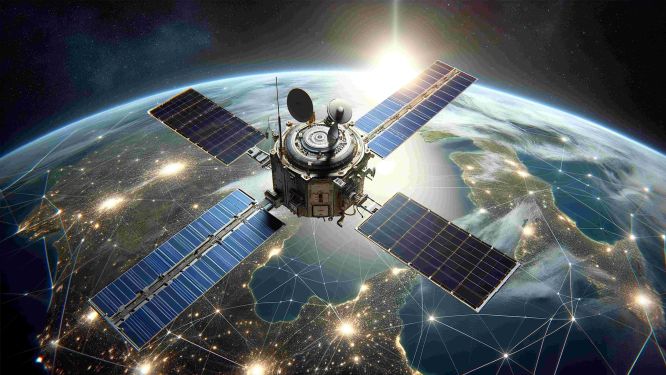Radiation Hardness Test
Radiation hardness tests are typically conducted at particle accelerator facilities. These tests are essential to ensure the reliability of electronic systems operating in high-radiation environments such as space, aerospace, military, and nuclear applications.
In space or high-altitude environments, high-energy particles and radiation-such as protons, electrons, neutrons, and gamma rays-are present in abundance, as they are not blocked by the Earth’s atmosphere. When these particles collide with semiconductor chips, they can cause the following serious problems:
-
SEU (Single Event Upset)
A phenomenon in which a single particle causes a temporary bit flip in memory cells or registers. Simply put, a 0 turns into a 1, or a 1 turns into a 0. This can lead to system malfunction or data errors. -
SEL (Single Event Latch-up)
A single particle induces excessive current flow in the circuit, which can damage the entire circuit or cause the system to completely halt. This can result in an unrecoverable and critical failure. -
TID (Total Ionizing Dose)
Prolonged radiation exposure leads to the accumulation of ionized traps, gradually degrading the electrical characteristics and performance of the circuit. This degradation negatively impacts device characteristics and lifespan, increasing the likelihood of other radiation-induced errors such as SEU and SEL. -
DD (Displacement Damage)
Like TID, DD also accumulates over time, but it differs in that it physically alters the atomic structure of the semiconductor. High-energy particles displace atoms inside the semiconductor, usually degrading the device’s performance.
QRT Radiation Hardness Evaluation Services
QRT provides the following radiation evaluation services:
- Evaluation of Total Ionizing Dose (TID), Displacement Damage (DD), and Single Event Effects (SEE)
- Pulsed Laser SEE Testing
- Design and fabrication of customized test boards tailored to customer requirements



